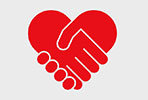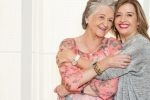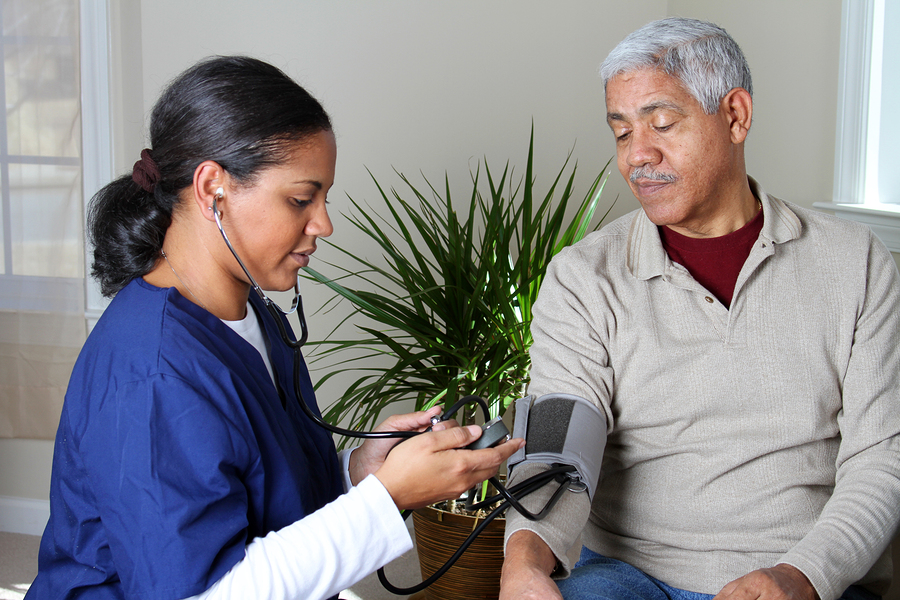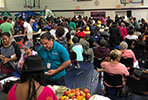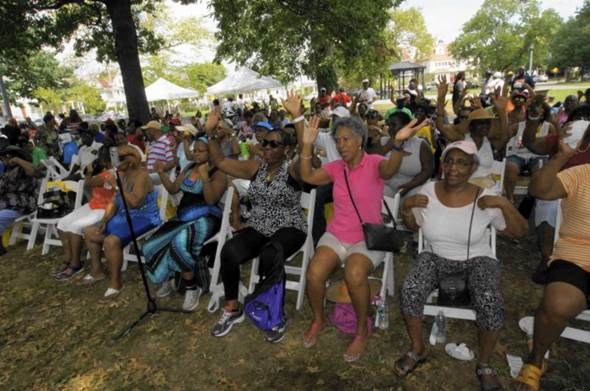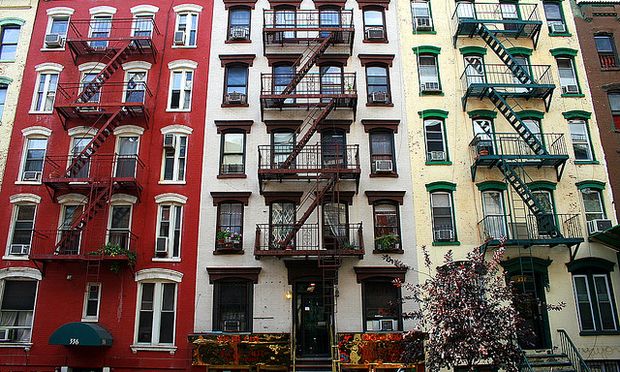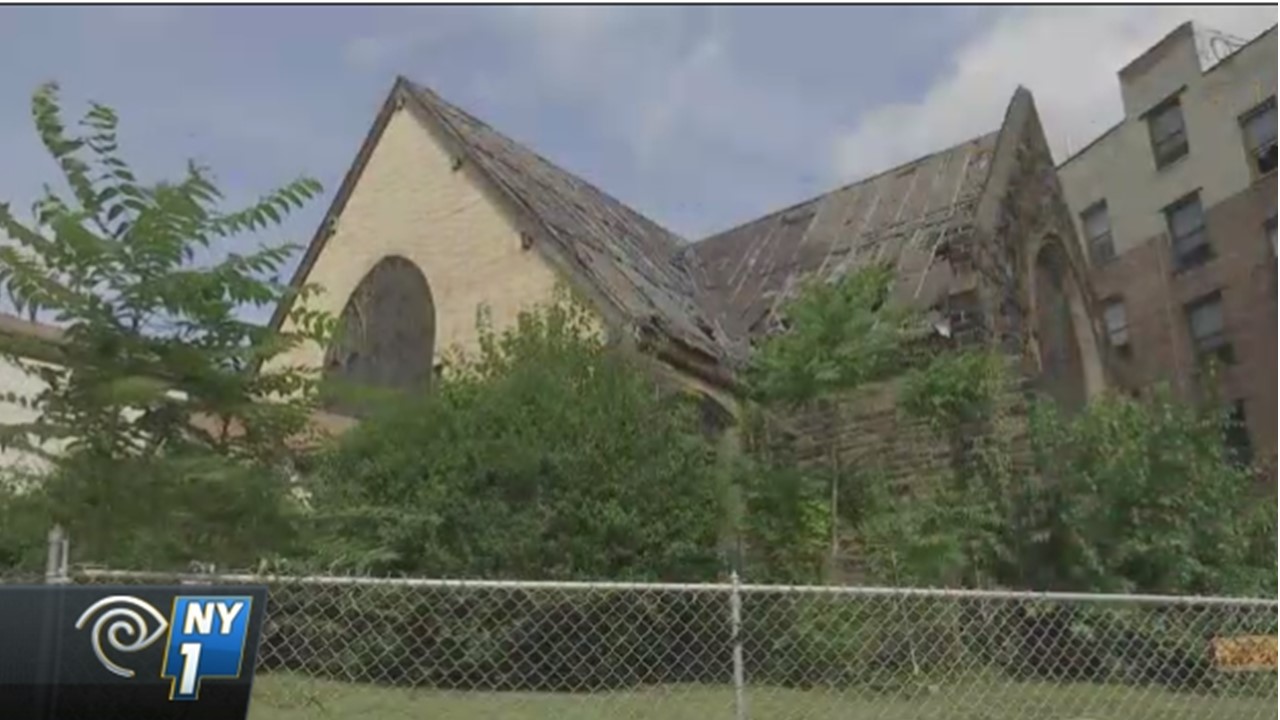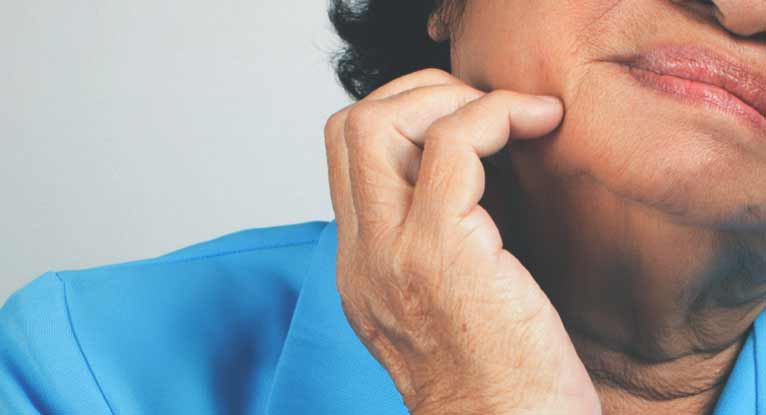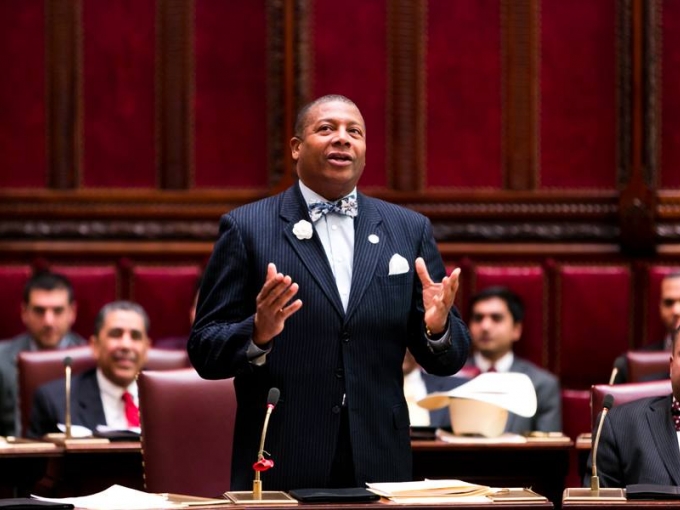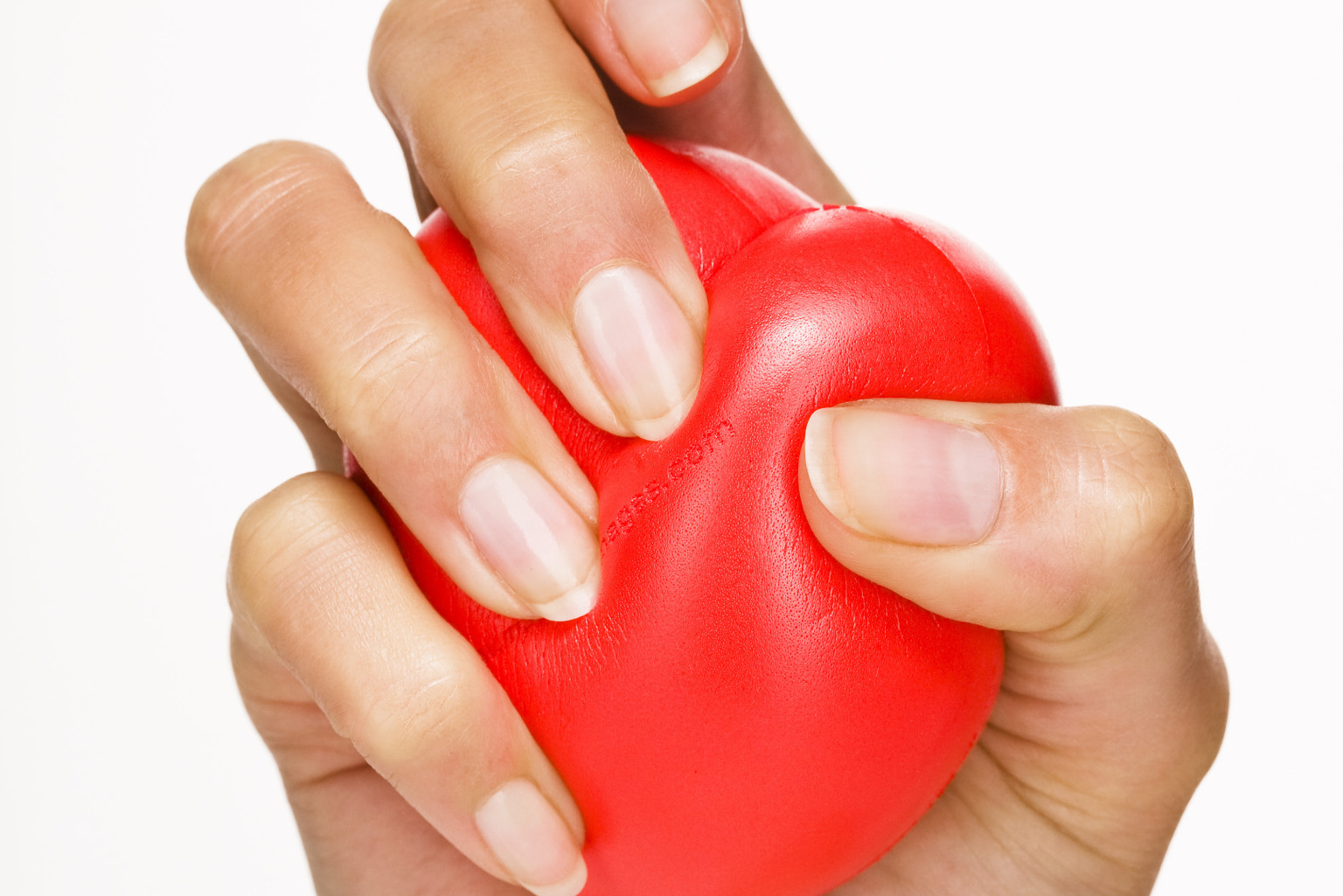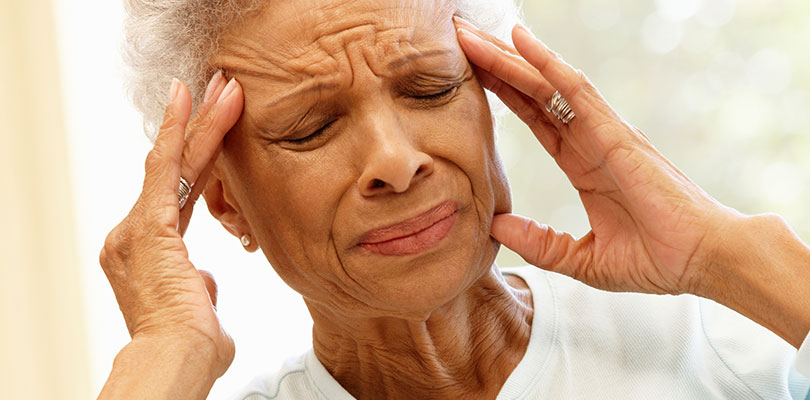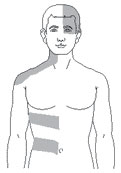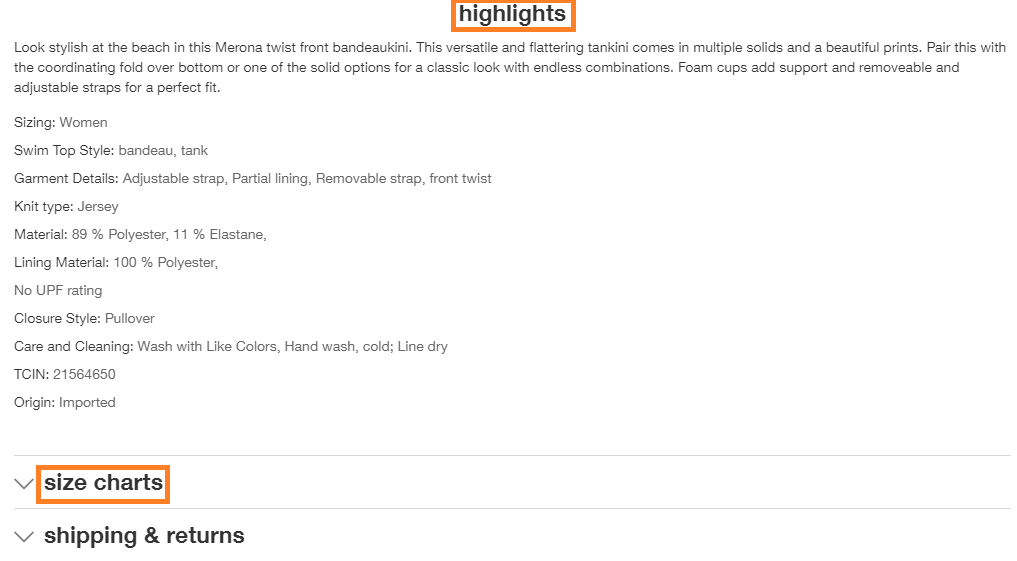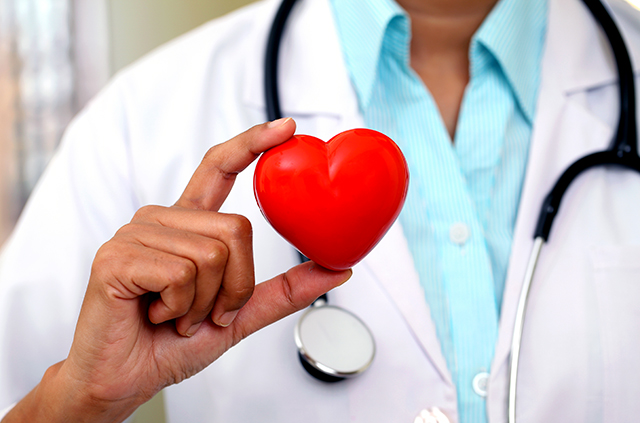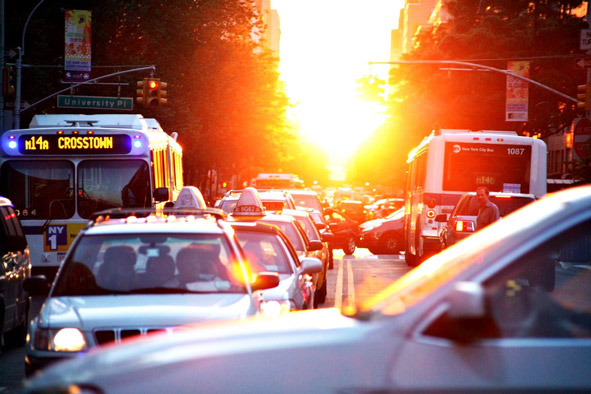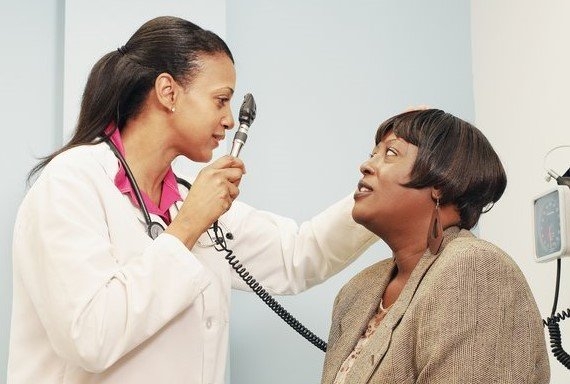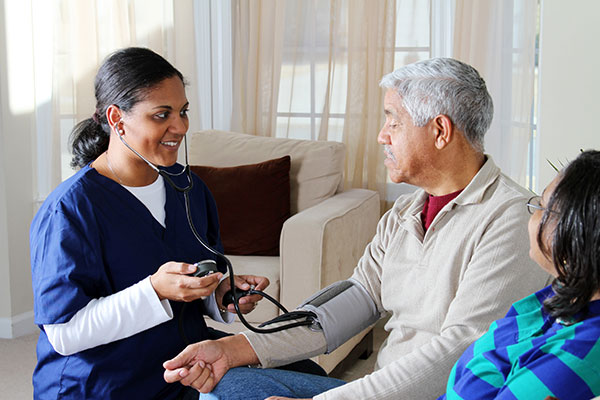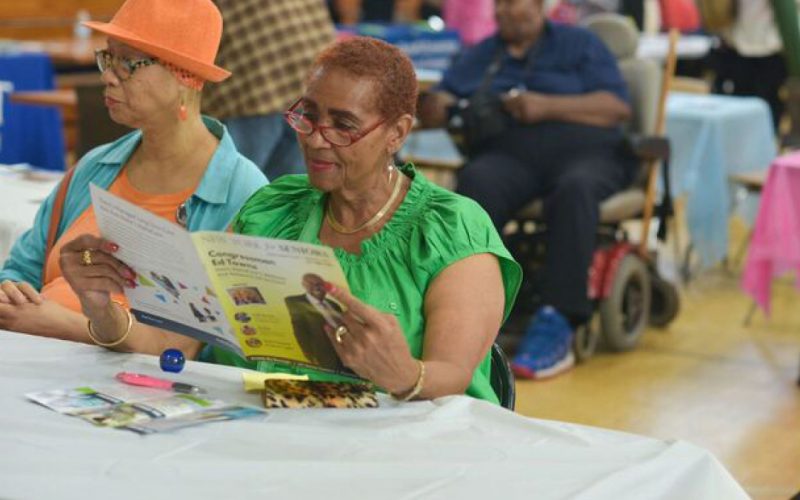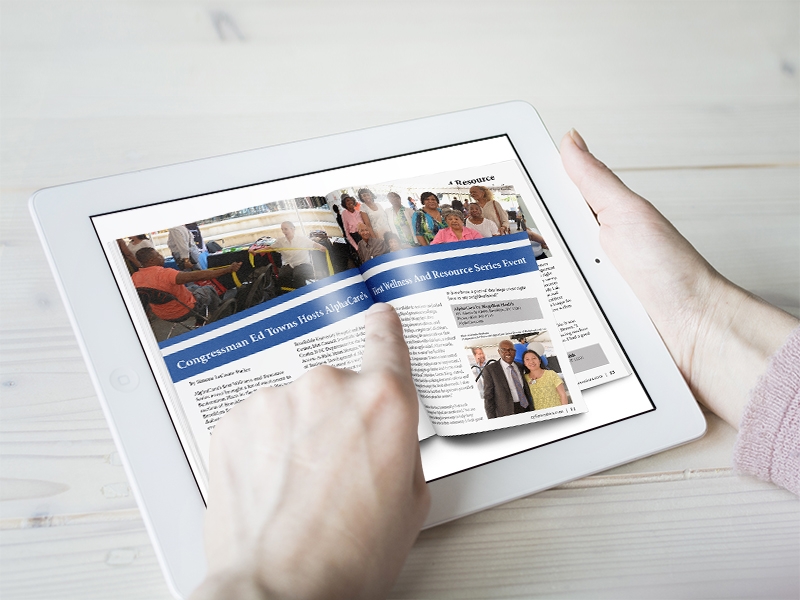Hosted by NY State Senator Leroy Comrie at the Greater Springfield Community Church, 177-06 129th Avenue, Queens, NY, on Wednesday, August 17, 2016
Understanding the importance of making access to oral health care convenient for everyone, particularly our older New Yorkers, NYU Dentistry continues to roll out its pilot program,Dental Van Senior Citizen Initiative, this time to seniors living in Queens. The Dental Van and team was at the Greater Springfield Community Church (GSCC), 177-06 129th Avenue, Queens, on August 17 & 18, 2016. The Initiative’s goal is to bring quality dental care into communities where New York’s underserved elderly residents live.
For the launch of the Dental Van Initiative at GSCC, complimentary oral screenings for all seniors were available inside the facility. All screenings were be provided by an NYU Dentistry team.
The NYU Dentistry Dental Van team will return to continue to treat patients, and additional visit dates have been provided to Reverend Phil Craig, Pastor, GSCC, for the rest of 2016. Dates for 2017 will be forthcoming. Seniors seeking dental screenings or more information, please contact the Office of State Senator Leroy Comrie at 718-454-0162. All appointments and information are handled through Senator Comrie’s office.
Since 2000, New York University College of Dentistry’s (NYU Dentistry) mobile Dental Van Program–Smiling Faces Going Places--has been an important oral health resource for New York City schoolkids, providing quality dental care and education to an average of 2,000 children annually at schools all over the city in partnership with the New York City Council.
Now, under the leadership of Mark S. Wolff, DDS, PhD, professor and chair of the Department of Cariology and Comprehensive Care, the NYU Dentistry Dental Van Program is expanding its care mission to include older adults in NYC.
“There are many reasons why our aging population has difficulty receiving the dental care they need,” notes Dr Wolff. “Many of these reasons include a shortage of dental providers trained and willing to care for an increasingly medically compromised aging America, including those suffering from debilitating and life-threatening illnesses. Many of the difficulties associated with receiving care include problems for aging patients in physically reaching the dentist because of transportation problems or being homebound.”
“I want to thank NYU College of Dentistry for reaching out to our community and volunteering their time and skill in order to provide high quality dental services to people, especially seniors and children, who lack access,” said New York State Senator Leroy Comrie, “Our host and co-sponsor Reverend Phil Craig of the Greater Springfield Community Church and NYU Dentistry’s program administrator Constance-Robinson Turner were instrumental in making this effort a reality. I also want to thank Councilman I. Daneek Miller and the NYC Council for continuing to fund this program, which I was happy to support when I was a Councilmember.”
“Such a program as this is much needed when we are experiencing program cuts and insurance restructuring where the clients services are negatively impacted,” said Reverend Phil Craig, Pastor, GSCC. “This initiative is viewed as a blessing to those I have already spoken to. I am confident this is only the beginning and the best is yet to come.”
“When our Smiling Faces, Going Places Mobile Dental Care Program began over 16 years ago, the objective was to make oral health care accessible in medically underserved and financially distressed communities; while increasing the dental students experience and exposure in community service,” said Dental Van Program Manager Constance Robinson-Turner.
“Today with our Senior Citizen Initiative, we continue to carry out our founding mission, expanding to meet the needs of underserved New Yorkers head-on, in community centers, homeless shelters, and now right here with Senator Comrie at the Greater Springfield Community Church.”
“For years, the NYU Dental Van has brought vital services to those in need of a cleaning” said Councilman I. Daneek Miller. “The screenings and exams, plus information on how to keep your teeth healthy, are lifelong lessons for resident of Southeast Queens and I thank New York University for providing these programs.”
More on the NYU Dentistry Dental Van Senior Citizen Initiative:
NYU Dentistry recognizes that for many indigent seniors in NYC who are on Medicaid, access to oral health care may be difficult or in some instances impossible.
Once a week, the NYU dental van will visit a senior housing development, a senior citizen center, or an elected official’s office to provide dental services to those in need. Services provided can include emergency and comprehensive examinations with necessary X-rays, oral cancer exams, oral health education, oral hygiene instruction and nutritional counseling, cleanings, dental restorations, removable and complete dentures, simple tooth extractions and simple denture repairs.
“Aging patients frequently have a fatalistic attitude toward tooth loss, expecting that the loss of a tooth is normal with aging,” said Dr. Wolff. “Bringing the NYU Dentistry van to the community centers addresses the mobility issues for the seniors and the student training need to expand the future workforce. It’s a perfect marriage!”
The mobile dental van program will continue to addresses the crisis many low-income children face in accessing quality dental care. The van provides oral health instruction in addition to direct care, such as fluoride treatments and restorations. Low-income children have 60 percent more untreated cavities than their peers at higher socioeconomic levels, making the need to bring dental care into these communities through the van program especially vital.

